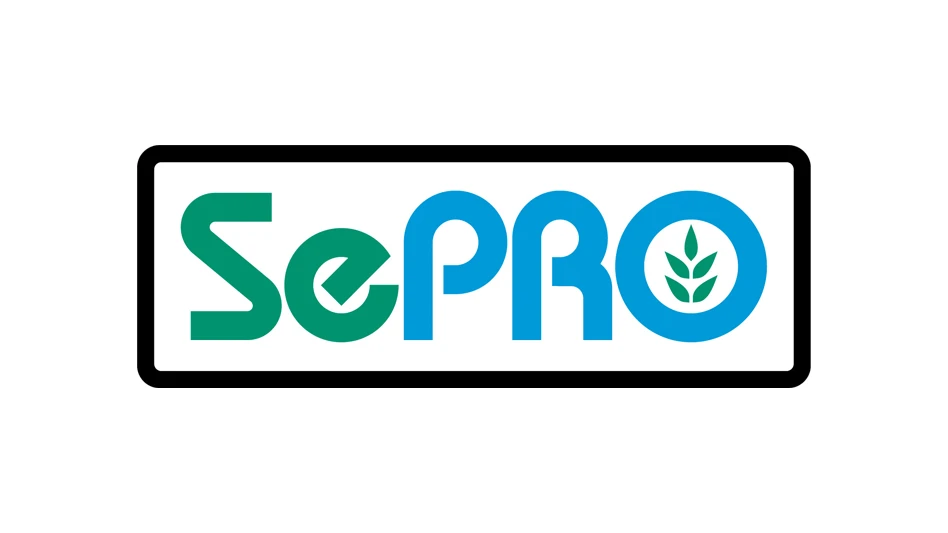 Jeffrey D. Brauer Jeffrey D. Brauer |
Long ago, a contractor turned in a bid that included an additional line item for $50,000. He labeled it “stuff I probably forgot.” I liked his honesty, even if his high-price and non-conforming bid cost him that project. Even if your architect draws detailed plans, you can expect field changes in your renovation. There are many different ways to get a golf course built – the main methods are using plans and specifications to design or designing in the field. Generally, detailed plans closely quantify most work items, including green size, bunker size, etc. before construction. Field design firms try to predict quantities based on past projects. Depending on how unique the final design and your site conditions are, there is greater potential for inaccurate scope of work. I once saw a field designed project that had estimated 100,000 square feet of sand bunkers. A field decision to add a massive fairway bunker between two holes used 120,000 sq. ft. of the 100,000 sq. ft. sand allowance. Despite an attempt to reduce sand by the addition of several turf islands, the owner had to find money for about twice the sand originally budgeted. But, no matter how much prior planning your architect puts in, there are always field changes for a variety of reasons. While we attempt horse trading among items to balance budgets, many field changes require more money. Causes include:
So, it is always wise to:
It is also wise to include small allowance items in the base budget. For instance, years of small change orders for drainage additions make me include a standard $5,000-$10,000 drainage allowance line item in the bid form. It is used mostly around cart paths, planned on grade, but often built even one inch too high or low, causing drainage issues. I have had clients “prioritize” drainage problems that are all equally unacceptable. Once a contractor is on site, it is a great time to do more, since the unit prices for additional work are lower than bringing a contractor back for many little projects. Other typical over runs include: Irrigation. Some typical problems include:
Cart paths. We usually want more cart path (and curb) in the field, whether to get golfers closer to tees and greens, provide maintenance and beverage cart short cuts, or connections to restrooms. As with drainage, it is always tempting to add more… and more… no matter how many lineal feet are called for. And, it often seems like the last section of existing path we tie into is in poor condition, or not perfectly located. It often becomes obvious when installing connecting dowels from new path to the old, when the old section breaks up, so we try the next section… and sometimes the next section, etc. Turf. On most renovations, we try to minimize turf destruction and replanting. This cuts cost, but leaves noticeable seams between old to new turf. Once seen, many prefer new turf be taken out to logical stopping points for consistency. Also, I can’t recall a project where everyone didn’t want more sod than was specified. Most projects follow the proverbial desire for “champagne on a beer budget.” Thirty six years of experience has taught me to be smart and plan on spending 10-20 percent more than the client really wants to get the product they really want and need. Very few projects get built exactly as per plan, and most changes increase costs over causing “pleasant” budget surprises. Conscientious project teams continually balance between construction cost, project quality, and future maintenance or additional construction costs. They also realize that things just tend to come up and plan for the unplanned. GCI |

Explore the August 2013 Issue
Check out more from this issue and find your next story to read.
Latest from Golf Course Industry
- Atlanta Athletic Club approves funding for master plan
- Maximizing Cultural Practices and Agronomic Benefits with Minimal Surface Disruption
- Real Answers about Spray Nozzle Choices
- From the Course to the Factory: How Customer Insights Drive Innovation
- New & Proven Enzyme Strategies for Sprayable Thatch Management
- Innovating Tomorrow: Wittek’s New Products & Industry Staples
- PBI-Gordon introduces new field development team
- The Cabot Collection announces move into course management






